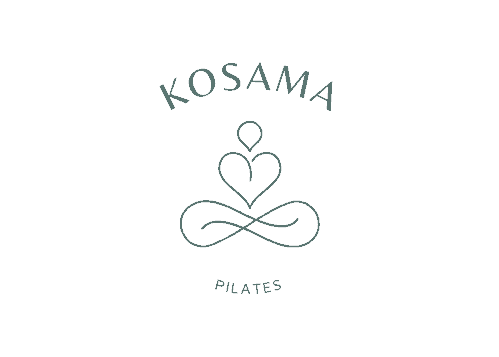Do you want to start with Pilates but are unsure if it’s for you?
In this article, I’ll take you through the many benefits you can reap from this incredible workout.
What Is Pilates?
Pilates is a wholesome workout method that focuses on building mobility.
Pilates builds mobility through strength and flexibility training to give you strong and supple muscles.
One of the beauties of Pilates is that it prioritizes body awareness through breath, which helps to create a strong mind-body connection.
Over time, you’d see positive body changes in your form, posture, and health.
Let’s dive into the benefits,
You Get A Stronger Core

Pilates pays special attention to the core. Joseph Pilates, the man behind the workout, recognized early that a strong core is essential for overall health.
You’ll come across various exercises in Pilates that make your abdominal muscles work hard.
In most exercises, you’re supposed to keep your core stable while you perform exercises with your limbs.
So, if you want washboard abs, a strong back, and a flexible spine, then Pilates is for you!
Reduces Back Pain
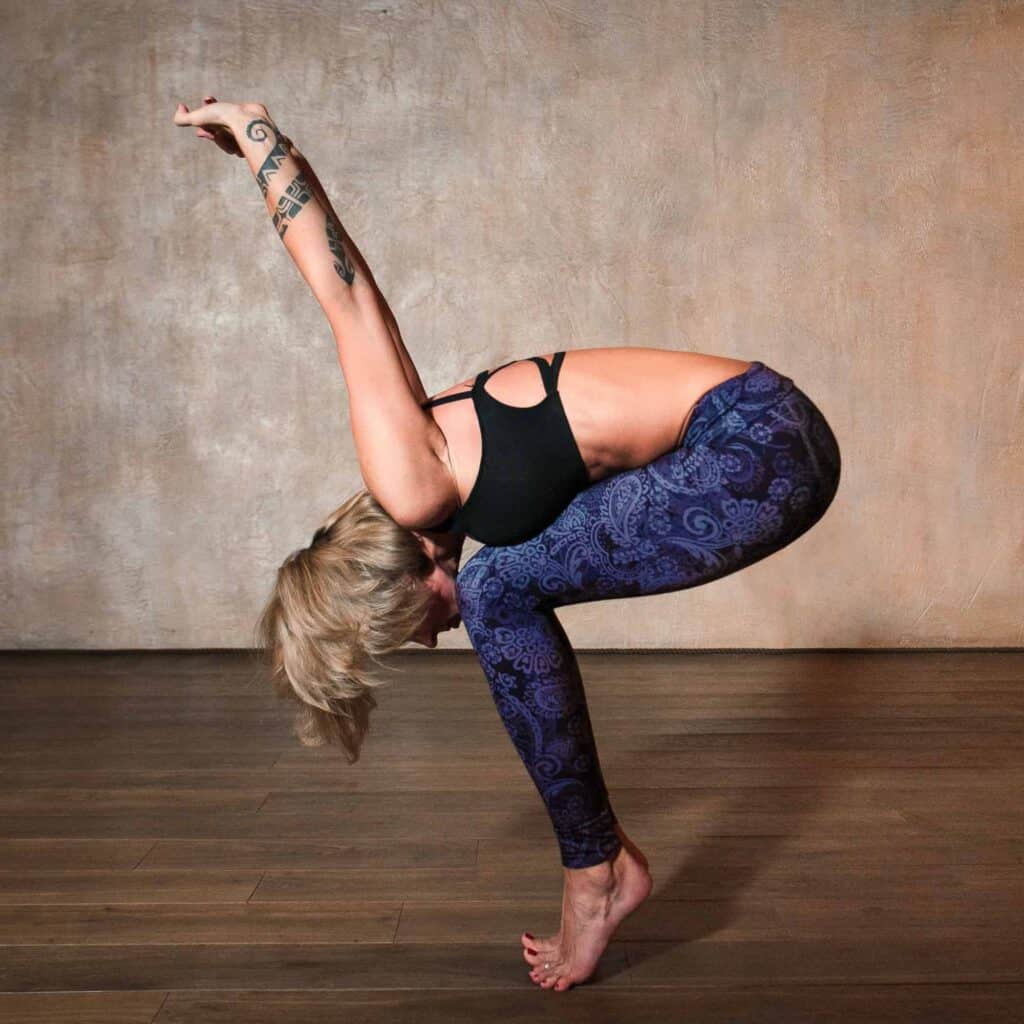
A study shows that up to 23% of adults worldwide suffer chronic low back pain.
This 2020 study shows Pilates can help you eliminate back pain.
By strengthening the deep abdominal muscles, the pressure on the lower back gets alleviated.
Extension, flexion, and spine rotation are the pillars that keep you young and the back pain away.
The saying, ‘You’re as young as your spine is flexible,’ is followed strictly in Pilates.
Better Posture
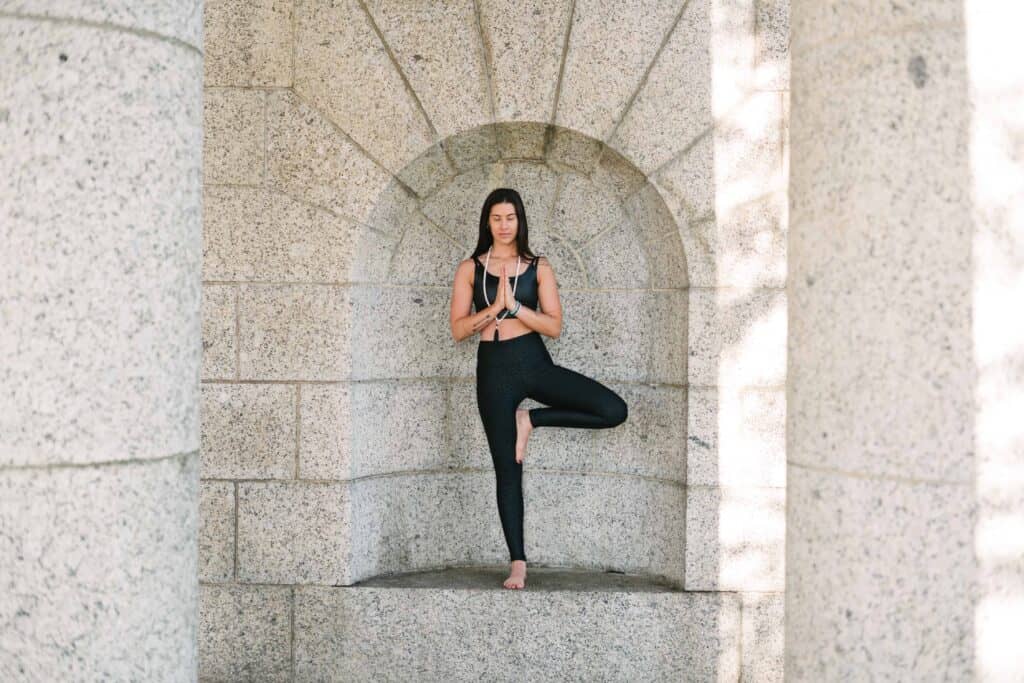
A study on middle-aged women who performed only mat pilates showed promising results on posture improvement.
Pilates makes you do controlled movements that slowly correct your body posture by toning the muscles and aligning your spine.
So, if you’re dealing with a slouched back, hunchback shoulders, or a protruding belly, Pilates will help you fix it.
Improves Balance
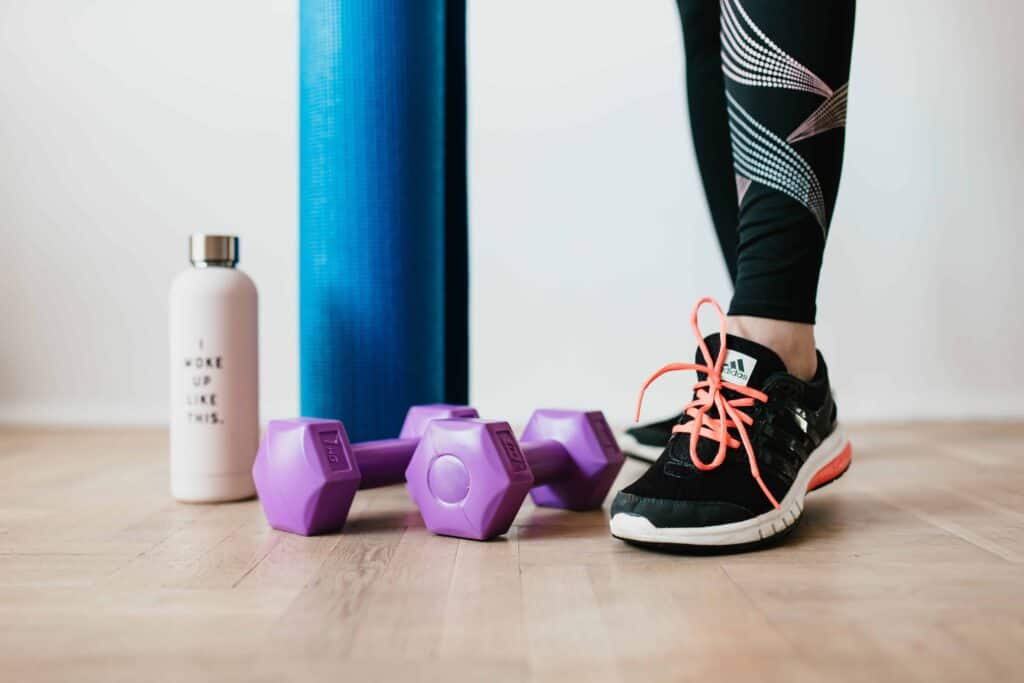
Pilates is for you if you’re clumsy like me and keep tripping over things.
Pilates improves your balance by requiring you to do various limb movements while requiring you to keep your core engaged.
As a result, your body-mind coordination and agility improve significantly.
A study on older women who did mat pilates showed significant improvement in their body balance.
Improves Strength & Mobility
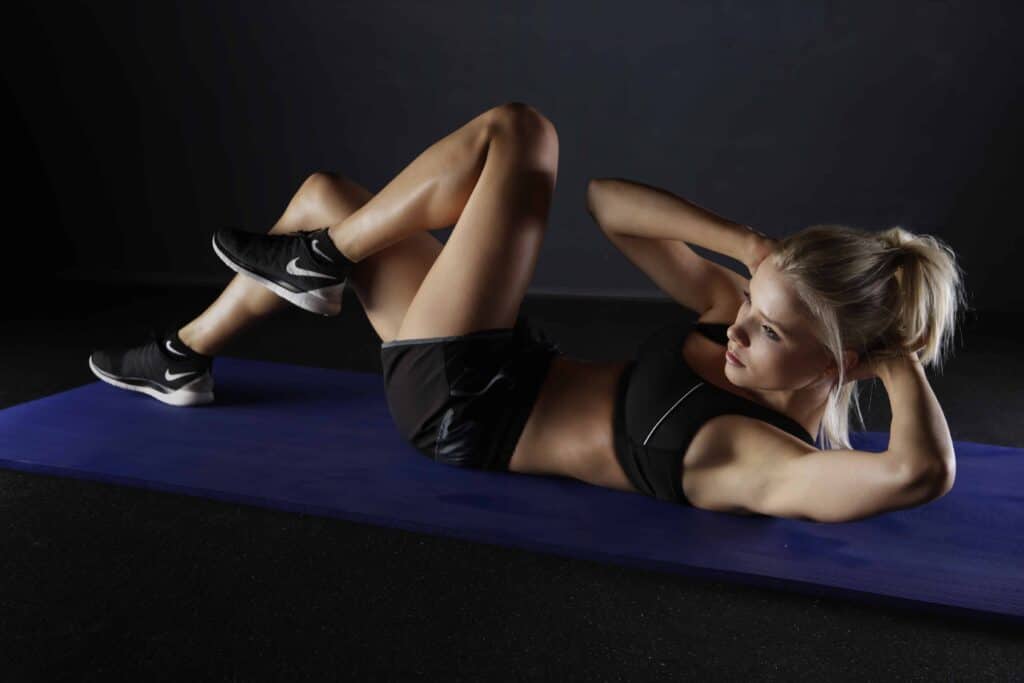
From the outside, Pilates may look like a cakewalk with fluid movements. But those controlled movements demand strength.
It is a form of resistance training where you use your body weight to build strength. The range of movement will ensure you also work on flexibility.
These two factors make it a great workout that conditions the muscles, making them strong and lean.
Helps You Lose Weight
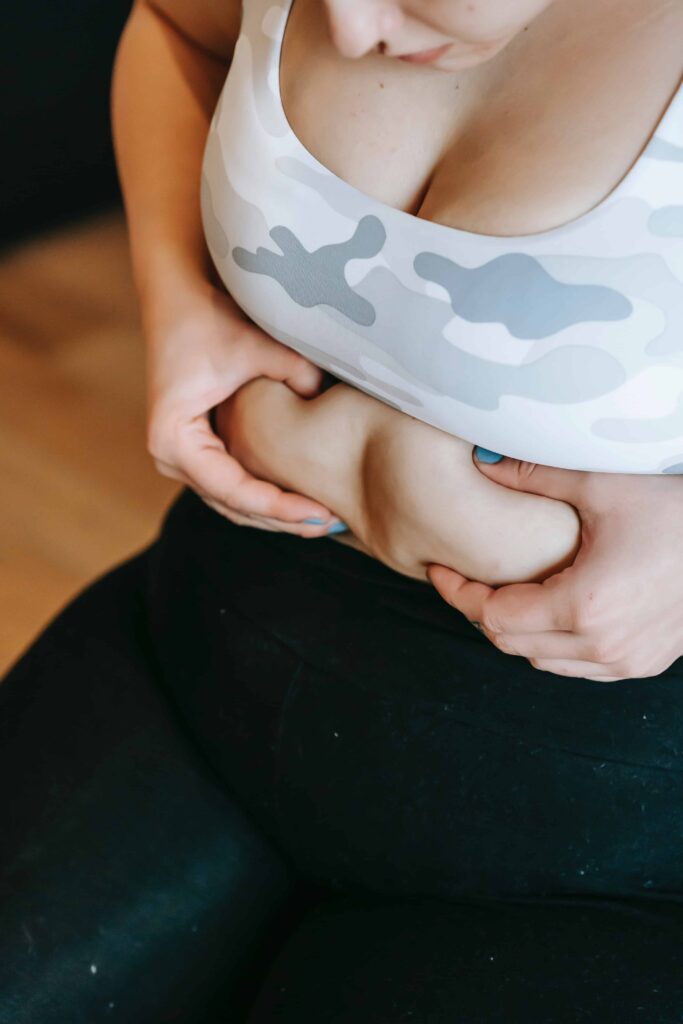
Although a low-impact exercise, Pilates may promote fat loss if you combine it with a calorie-deficit diet.
Be wary that other factors, like your overall activity levels, calorie burn, metabolism, etc., also contribute to fat loss.
If you’re a beginner, you will see significant fat loss with Pilates. As you progress, you might need to increase the intensity of your workout to continue losing.
Improves Body & Mind Connection
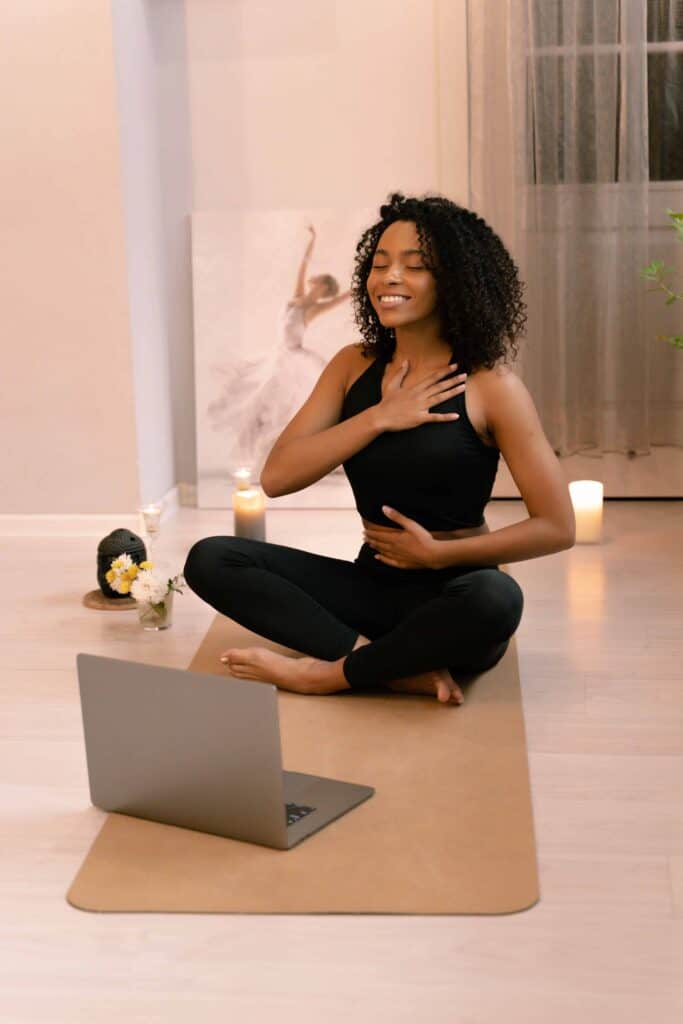
One of the ways Pilates challenges you is by making you focus on your breath and following a breathing pattern while doing each exercise.
Breathwork in Pilates creates a strong awareness in the body, forming a solid mind-body connection.
Improves Flexibility
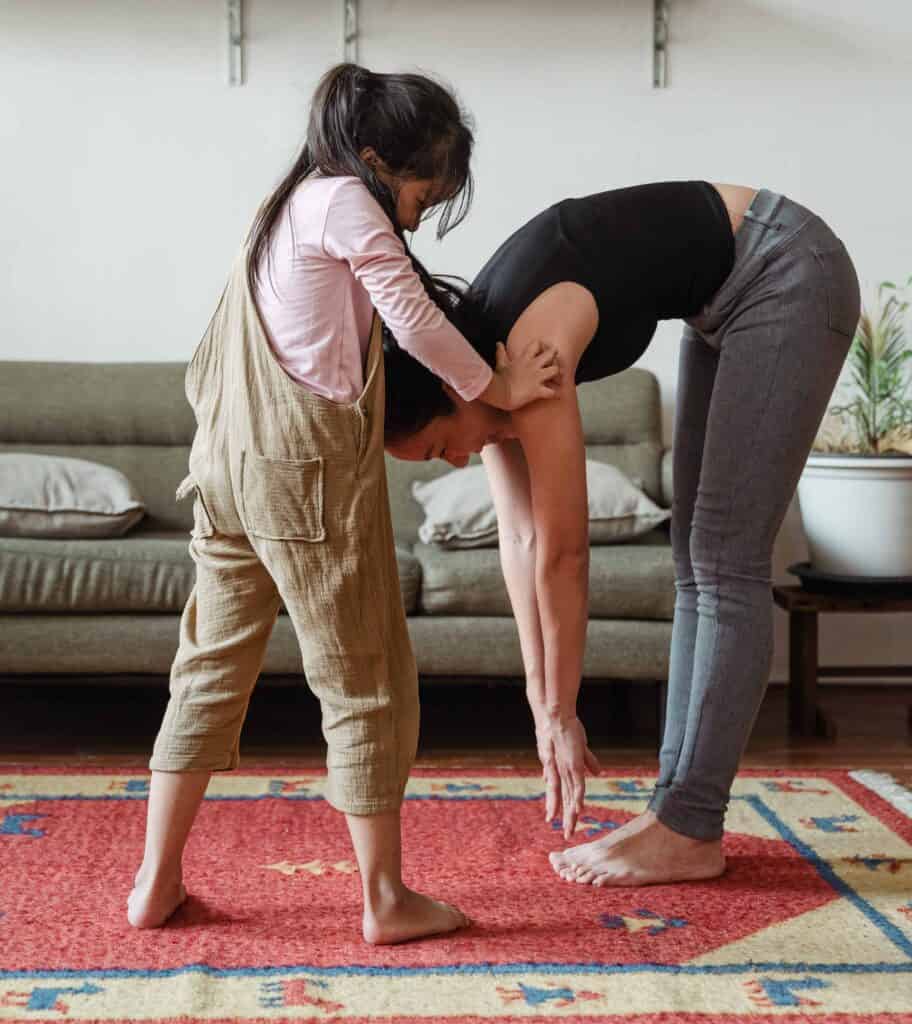
The range of movement of each exercise ensures your muscles stretch effectively.
However, being only flexible shouldn’t be the goal, as that won’t reduce your risk of injuries. Strength combined with flexibility leads to mobility, which will help you stay injury free.
Especially if you are 30 plus, mobility must be one of your main fitness goals. Pilates is one of the few workout routines that blend both together beautifully.
Improves Energy
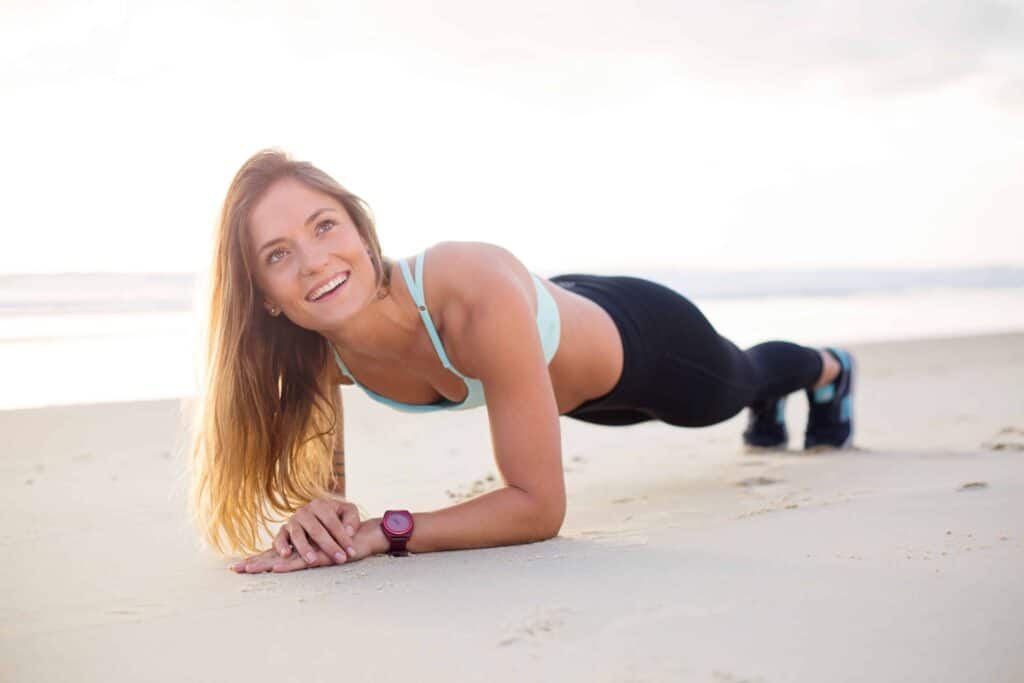
When I first started doing pilates, I felt a great sense of calm and peace after completing my workout in the morning. That was the immediate benefit.
But, after about a month, I noticed that my energy levels were much better than before I started Pilates.
I had excellent energy post-workout, and it sustained well throughout the day.
Reduces Risk of Certain Diseases

Pilates helps improve cardiorespiratory fitness.
Strong evidence suggests that higher levels of cardiorespiratory fitness reduce the risk of cardiovascular morbidity and mortality.
Apart from that, Pilates has anti-aging effects.
Decreases Risk of Injuries

One of the myths in the fitness industry is that strong muscles mean less injury.
That’s only half the story. Only focusing on strength will give you strong but rigid muscles.
We need great mobile strength that comes from stretching along with strengthening.
The more your muscles adapt to different kinds of movements, the better your body balance will be, and there’ll be fewer chances of injury from falls.
Studies show that Pilates improves your mobility.
Improves Mental Health
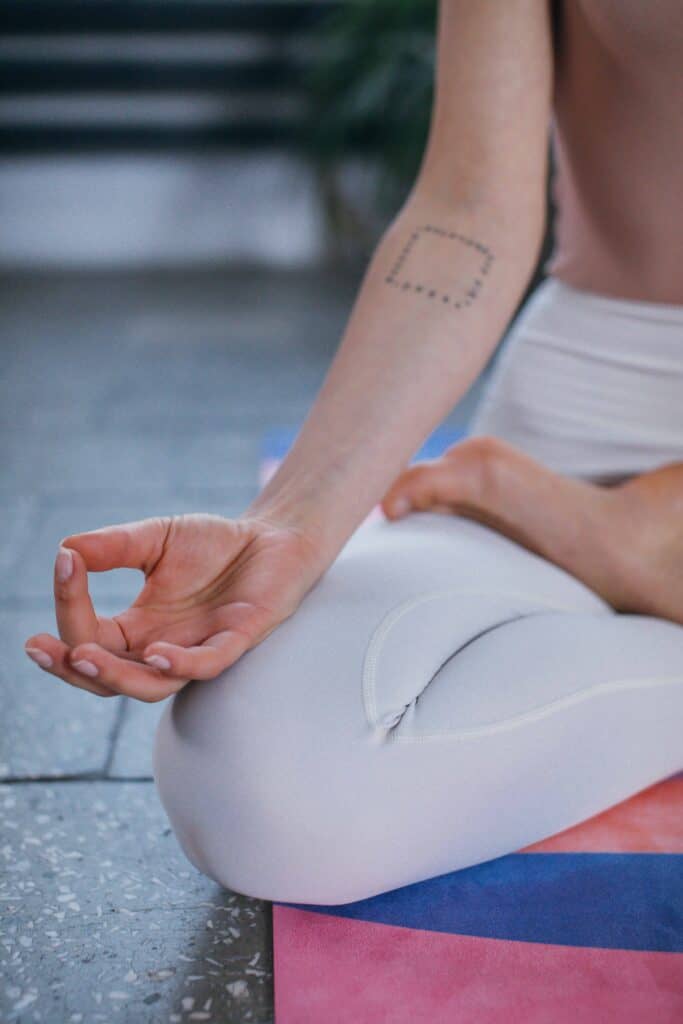
Pilates is a low-impact workout that benefits mental health amply. You feel calm and serene after finishing your Pilates workout.
A study showed that Pilates reduces the symptoms of anxiety and depression.
Since Pilates creates a mind-body connection during exercise, it also helps to increase cognition.
Safe for Most People
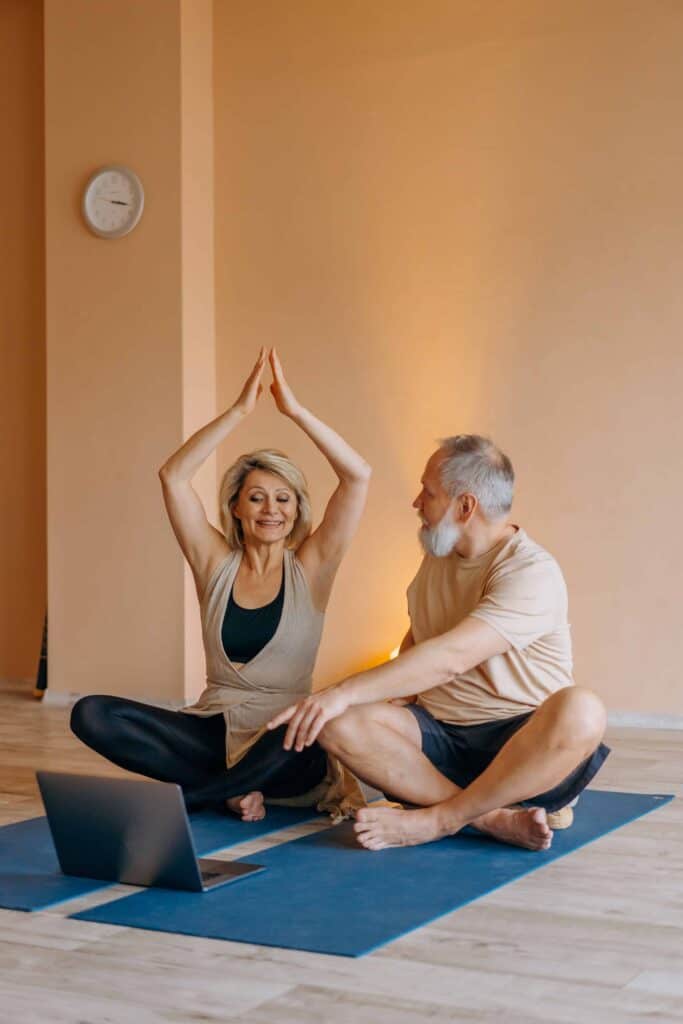
The low-impact nature of Pilates makes it a feasible exercise for anyone regardless of age, gender, and physical health.
It’s an ideal rehabilitation workout for people with any disease or injury.
Pain Relief
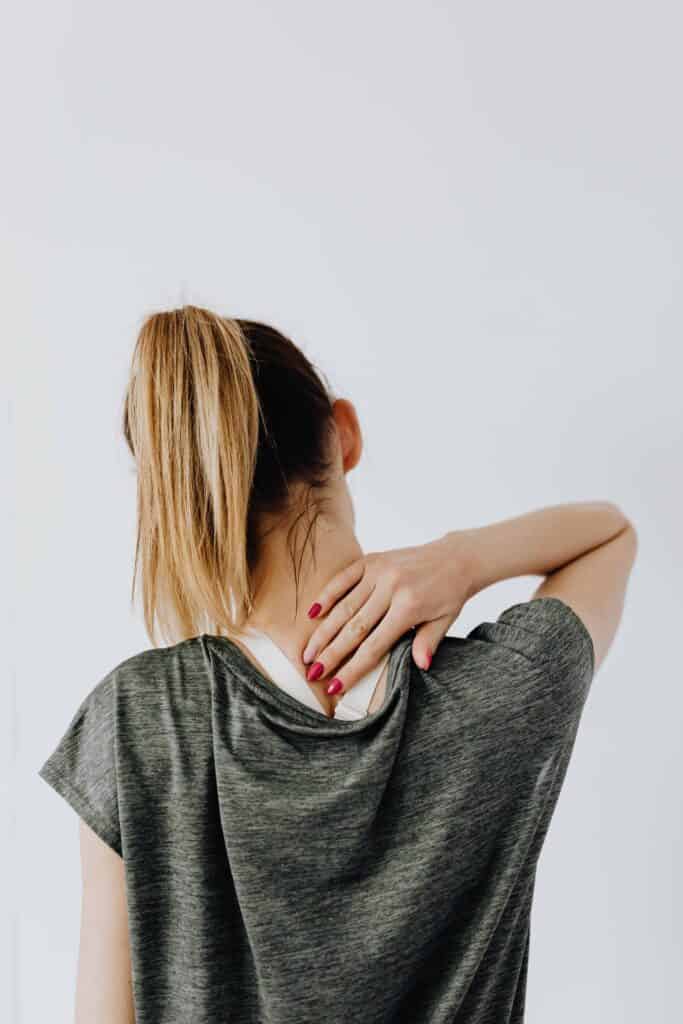
Pilates is an excellent exercise for managing the body’s overall health as it conditions both the body and the mind. It can prevent certain musculoskeletal conditions.
I have experienced a reduction in my lower back pain.
Rounding up!
Started in the 1920s, Pilates is now an old system of workouts that has proven its merit repeatedly.
It has much to offer in terms of physical and mental health.
But, like any other exercise routine, you’ll reap the benefits only if you follow the workout for an extended period.
Joseph Pilates mentioned that to see the full benefits of Pilates, you must do it at least four times a week for three months.
Alas, the ideal workout is the one that you enjoy doing and will be motivated to keep doing.
FAQs
Can Pilates reduce belly fat?
Like any other form of exercise, if you combine a calorie-deficit diet with your Pilates workout routine, you can lose fat from your entire body. Beware that spot-reduction is a myth.
Pilates focuses on many core strengthening exercises which will help you build stronger abdominal muscles that may give definition to your belly.
Is Pilates a good way to lose weight?
Pilates is a gentler form of workout compared to high-intensity workouts like HIIT and strength training.
However, recent studies show that Pilates can effectively reduce body weight.
So, Pilates can be great for you if you’re looking for a gentler way to reduce body weight.
What are the top five benefits of Pilates?
Here are the top 5 benefits of Pilates:
Practicing it regularly gets you stronger core muscles
It will help alleviate the low back pain
It improves mobility and prevents the risk of injuries
It improves balance
It improves overall health by lowering the risk of certain diseases
Can Pilates change your body shape?
Pilates will shape and tone your muscles, giving you a lean look. It also corrects the body posture like droopy shoulders and protruding belly, which might give an aesthetic definition to your body shape.
Is Pilates alone enough exercise?
That depends on your goal. Pilates is a complete workout if you’re looking for a method that combines resistance training with flexibility.
If you’re looking for high-intensity cardio, then Pilates won’t be enough. You can decide to divide your time between Pilates and cardio.
